The Rich Culture of Chinese Dining Etiquette
As someone who has spent a considerable amount of time in China, I’ve come to appreciate the complex and meaningful customs that surround Chinese food etiquette. It's not just about eating; it’s about honoring tradition, family, and respect. Chinese dining practices may seem formal at first, but once you understand the reasoning behind them, it becomes a truly enriching experience.
1. The Importance of Respect at the Dining Table
One of the core values in Chinese dining is respect—respect for your elders, your companions, and even the food itself. If you're invited to a Chinese meal, especially in a family setting, there are a few key things to keep in mind. First, always allow your elders to start eating before you do. This shows respect for their age and experience. Similarly, it's customary to offer them the best pieces of food on the table—whether it's a tender piece of meat or a prized dumpling. In some families, it’s even expected that you serve your elders first.
2. The Seating Arrangement
When dining at a Chinese table, the seating arrangement plays a significant role. Traditionally, the most respected person, usually the oldest or the guest of honor, sits at the "seat of honor," which is often facing the door. This seat is symbolic, showing their elevated status in the group. As a guest, it’s polite to wait for the host to direct you to your seat, as this can indicate where you are in the social hierarchy of the meal.
3. The Symbolism of Food
In Chinese cuisine, food isn’t just sustenance—it holds deep cultural and symbolic meaning. Each dish on the table can represent something special. For example, fish symbolizes abundance and prosperity because the word "fish" (鱼, yú) sounds like the word for surplus. Similarly, dumplings represent wealth, as their shape resembles ancient gold ingots. Understanding the symbolism behind the food adds an extra layer of meaning to the meal, transforming it from just eating to a spiritual and cultural experience.
Chinese Food Traditions: More Than Just a Meal
1. The Role of Tea in Chinese Dining
No Chinese meal is complete without tea. Tea in China is not just a beverage—it’s an essential part of the dining experience. It is customary to offer tea to your guests as soon as they sit down. In fact, during a meal, the act of refilling someone’s tea cup is considered a gesture of hospitality and respect. If you're ever seated at a Chinese dining table, be prepared to have your cup filled multiple times. And, of course, always offer to refill someone else's cup before your own.
2. The Communal Style of Dining
Chinese meals are often served family-style, meaning the food is placed in the center of the table for everyone to share. This communal style of eating fosters a sense of unity and togetherness, as everyone is encouraged to try a little bit of everything. As a guest, it’s considered polite to take food from different dishes, but you should avoid taking the last piece unless you're offered it. If you take the last piece, it could be seen as rude or greedy, as it could imply that you're not leaving enough for others.
3. Using Chopsticks: Do's and Don'ts
Using chopsticks properly is an important part of Chinese food etiquette. There are several things to keep in mind when using chopsticks at the table. First, never stick your chopsticks upright into a bowl of rice, as this resembles an offering made to the deceased. It’s also considered impolite to point with your chopsticks or to wave them around while speaking. A key tip is to rest your chopsticks on the provided chopstick rest or on the edge of your plate when you’re not using them.
The Etiquette of Chinese Banquets and Festivals
1. Dining at a Chinese Banquet
Attending a Chinese banquet is a truly unique experience. Banquets are grand affairs, often held during special occasions like weddings, holidays, or important business events. The banquet meal typically consists of multiple courses, and it’s a symbol of respect and hospitality. The courses are served in a particular order, often beginning with appetizers, followed by the main course, and finishing with dessert and tea. During the banquet, guests may be asked to make toasts. It’s common to offer a toast to the host or to the most honored guest. If you're partaking in the toasts, it's polite to clink your glass slightly lower than the other person’s to show respect.
2. Chinese New Year and Food Customs
Chinese New Year is one of the most significant celebrations in Chinese culture, and the food traditions associated with it are equally important. During this time, families gather to share a large feast that often includes dishes symbolizing good luck and prosperity. Some dishes, like whole fish or dumplings, are believed to bring wealth and good fortune for the upcoming year. The communal nature of the meal represents unity and the hope for a prosperous future.
3. The Art of Gift Giving with Food
Gift-giving is an essential part of Chinese culture, especially when it comes to food. If you're visiting someone’s home, it’s common to bring a small gift of food—often fruits, pastries, or tea. When offering a food gift, it’s important to present it with both hands as a sign of respect. Additionally, it's considered polite to refuse the gift once or twice before accepting, as this shows humility and gratitude. When you do accept, always thank the giver with a warm gesture, as food is considered a symbol of goodwill and care in Chinese culture.


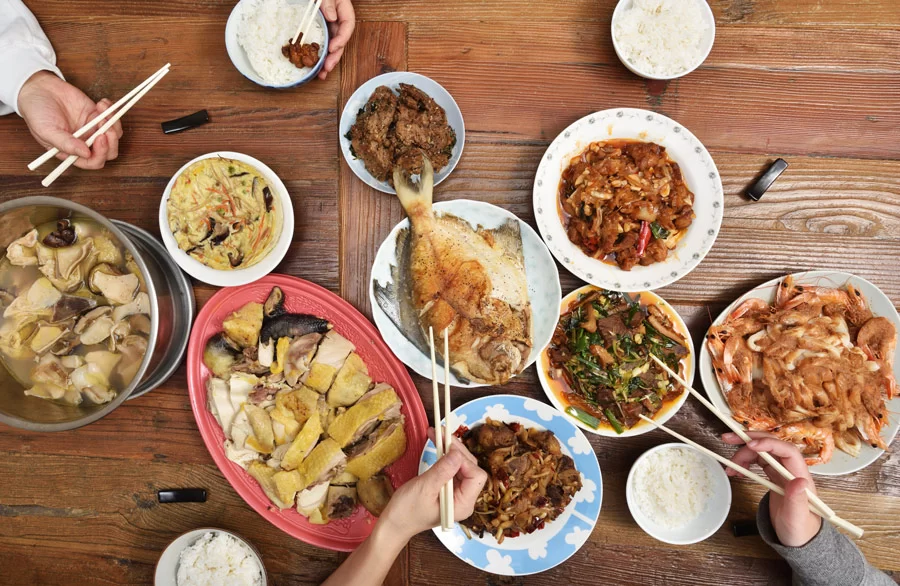
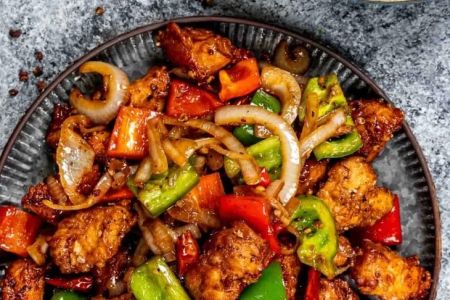
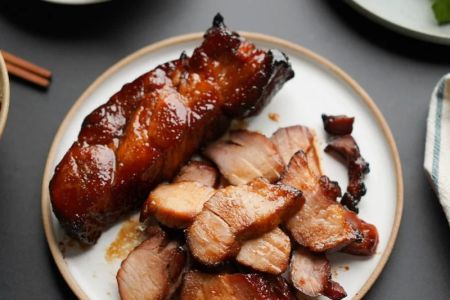
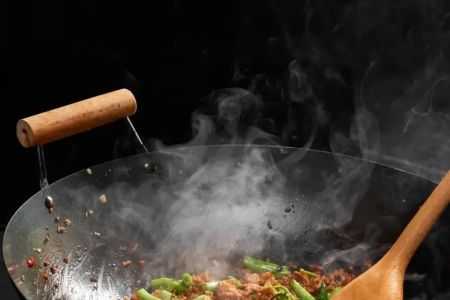
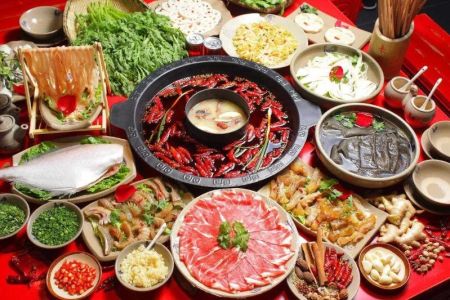
![Top Chinese Restaurants for Authentic Cantonese Cuisine in [Your City]](https://img.gochinarose.com/d33/2507/4157910400_450x300.webp)
